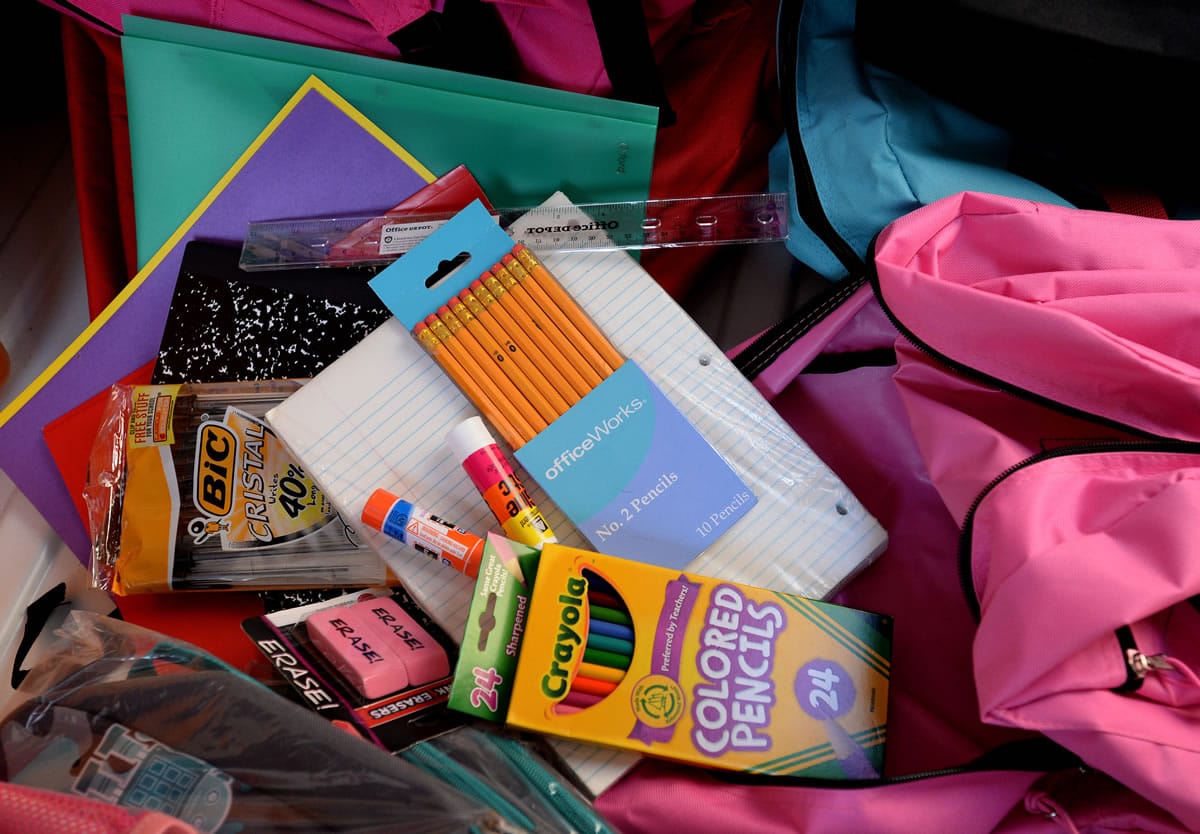Twenty-six schools that offer family resource centers are making a difference for some of the poorest students in the Vancouver and Evergreen districts.
The challenge now is to expand their reach within each school, within both districts, and within Clark County.
That was the topic Tuesday at Educational Service District 112 in a discussion led by Marty Blank, director of the Coalition for Community Schools. The coalition, based in Washington, D.C., works to unite schools with their communities to support student success.
It echoes an earlier America, Blank said.
“It’s a pretty old-fashioned story,” he said. “Schools are centers of flourishing communities where everyone thrives.”
They’re not just a place to teach children, Blank said, “but a place to grow the community.”
The principles include opportunities and support for students; expanded learning; and community engagement.
In Clark County schools, the concept takes the form of family-community resource centers. Vancouver Public Schools made it a districtwide program in 2008 and has 16 centers; 12 are based in elementary schools.
Resources for students include school supplies, health services, dental care, clothing, food, and programs to keep homeless kids in their classrooms. Resources at the family level include emergency housing, job assistance, early childhood education, family activity nights and GED preparation.
Evergreen Public Schools opened its first family-community resource center in 2013 and now has 10 centers, all in elementary schools.
The two districts have a combined enrollment of about 50,000 students, which represents a lot of families in need.
Need increasing
In 10 years, the percentage of Vancouver students who qualify for free or reduced-price lunch has increased from 39 percent to 57 percent, Vancouver Superintendent Steve Webb said.
“The number of students who are English language learners has doubled in the last decade,” he said. (Students in Vancouver schools speak 80 different languages.)
“We’ve seen homelessness increase 400 percent in the same time frame. We served 830 students last year who were homeless at some point.”
Student mobility is another issue. The rate of mobility in some schools is more than 40 percent: a teacher with 25 children will see 10 of those kids move away during the year, to be replaced by 10 new students.
However, the district is making progress in neighborhoods served by those family-community resource centers, Webb said.
“We’ve seen a 12 percent decrease in student mobility in those 16 schools. We have a 21 percent increase in kindergarten-readiness literacy rates. That’s 350 more kinders who are ready on Day One,” Webb said. “We’re building the capacity of parents to be their children’s first educators.”
Partnerships with organizations such as the Boys & Girls Clubs of Southwest Washington help extend learning time for kids.
Evergreen Superintendent John Deeder, whose district has established 10 centers since 2013, said that “we’re so much further down the road than we were two years ago. We’re on a good trajectory.”
School leadership teams are aware that families are living in poverty, something that isn’t always acknowledged.
“There are people who don’t understand just how much poverty there is in this community,” Deeder said.
More school districts are taking on the challenge. Washougal opened its first family-resource center this year, Superintendent Mike Stromme said. It’s based at Hathaway Elementary, which has the district’s highest rate of free and reduced-price lunch.
A family resource center has opened in Ridgefield one day a week to provide needy children and families with food, clothing, toiletries and referrals to other agencies. The center is a collaboration among the school district, Compassion 360 and the Church of the Nazarene. It is at the Ridgefield School District’s maintenance building, 304 Pioneer St. Hours are 10 a.m. to noon and 5 to 7 p.m. on Thursdays.




